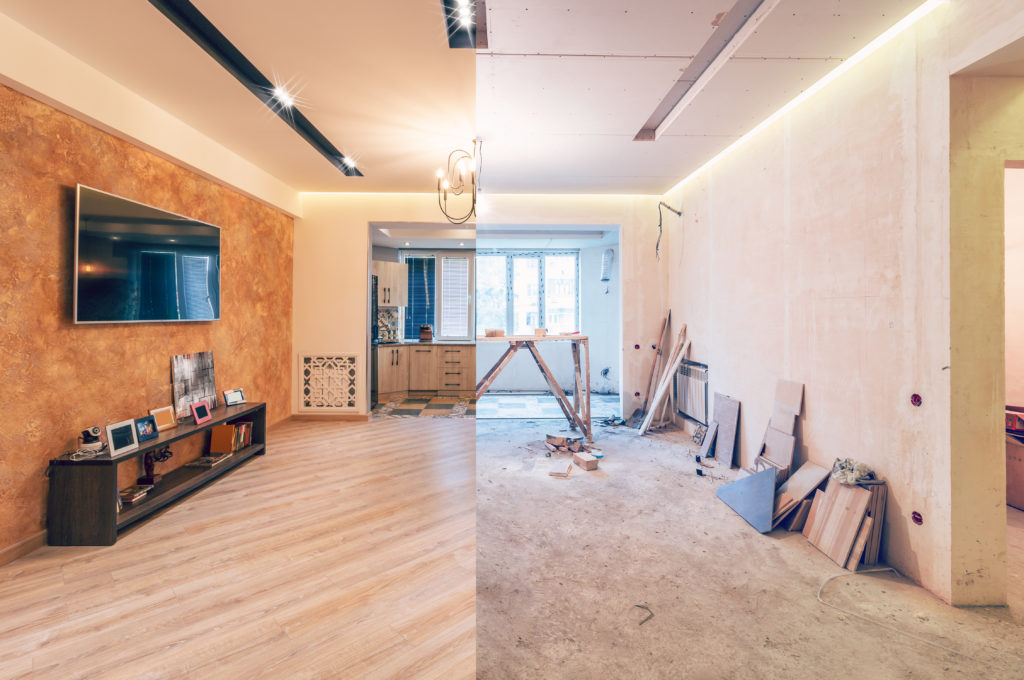The Impact COVID-19 Is Having on Private Lending Capital Markets

Lenders without capital are like boats without water. The change in environment doesn’t change their nature, but it does affect their ability to function as intended.
CARES Act Gives Real Estate a Booster Shot

The constraints on real estate development are related to labor, equipment, and regulation. The current crisis won’t be a big help with any of these, but it also isn’t much of a hindrance. It’s unclear how tax benefits will spur more or faster development, but the money is on the table, so why not pick it up.
Rural Millennials: Bucking the Trend, or Charting a New One?

While this blog tends to focus on what drives young adults to favor one urban area over another, it’s important to understand why so many have chosen None of the Above, USA.
Why Millionaire Property Investors Should Consider Real Estate Crowdfunding

There are many paths to millionaire status, but one of the more common paths is real estate investing. According to The College Investor, 90 percent of millionaires around the world made their millions investing in property.
Filling the Capital Stack: How Real Estate Debt Funds Compete For Investors

In today’s real estate lending landscape, platforms that offer debt funds for investors must offer investors high-return opportunities while mitigating risk. Using the capital stack to build the fund portfolio is the best way to achieve the best possible rewards.
The Way Forward With Cap Rate Spreads

But while low-interest rates mean more potential buyers, it’s high capital rates that drive revenue. And it’s the spread between the two that drives what’s ultimately important to real estate investors: earnings.
What Impact Will an Updated Definition of ‘Accredited Investor’ Have on Private Lending?

The current definition of an accredited investor is based on income or net worth, but the Securities and Exchange Commission (SEC) is looking at changing that. In December, the commission proposed changes to the definition that would open the door to new investors able to put capital to work in the private lending markets.
The new 199a Rule: Do you Qualify for ‘Safe Harbor’ Treatment?

Just because you can do a thing doesn’t mean you ought to. And just because your real estate enterprise qualifies for the safe harbor doesn’t mean you should drop anchor in it.
11 Private Lending Models for Real Estate Investors

The prospects for future growth in real estate private lending are good and getting better. Certain segments of the market are maturing, which means investors have better opportunities than ever before.
The Rise of Private Lending for Fix-and-Flip Properties

As an asset class, private lending emerged in the late 1980s. It started as a unique funding mechanism for mezzanine loans or special situation financing. Today, it’s a common method of funding fix-and-flip property deals with no signs of reduction any time soon.

